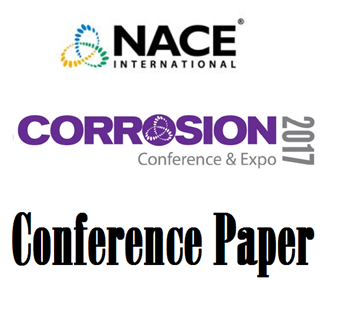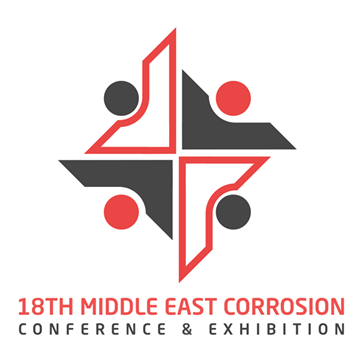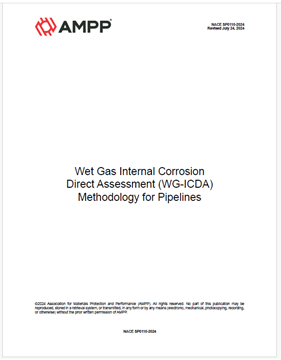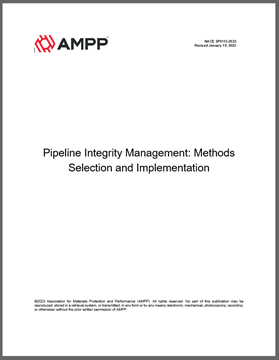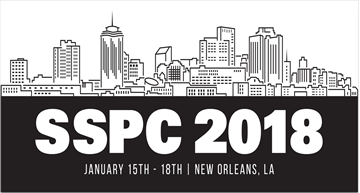Search
Products tagged with 'pipeline'
View as
Sort by
Display
per page
Insulation Driven Intergranular Stress Corrosion Cracking of Carbon Steel
Product Number:
51324-20914-SG
Publication Date:
2024
$40.00
Internal Corrosivity Assessment and Ranking of Crude Pipeline
Product Number:
51317--9225-SG
ISBN:
9225 2017 CP
Publication Date:
2017
$20.00
Investigating Crack Initiation and Propagation from Hard Spots In TMCP Steels Exposed to Wet Sour Environments
Product Number:
MECC23-20109-SG
Publication Date:
2023
$20.00
Mapping Indication Severity Using Bayesian Machine Learning From Indirect Inspection Data By Considering The Impact Of Soil Corrosivity
Product Number:
51321-16749-SG
Publication Date:
2021
$20.00
Metallurgical Analysis of 30-Inch Pipe Containing an Internal Crack
Product Number:
51324-20700-SG
Publication Date:
2024
$40.00
MR-02-74-HD1974-SG, Material Requirements in Prefabricated Plastic Films for Pipeline Coatings
Product Number:
MR-02-HD1974
Publication Date:
1974
$179.00
NACE SP0110-2024, Wet Gas Internal Corrosion Direct Assessment (WG-ICDA) Methodology for Pipelines
Product Number:
NACE SP0110-2024
Publication Date:
2024
$109.00
NACE SP0113-2023, Pipeline Integrity Management: Methods Selection and Implementation
Product Number:
NACE SP0113-2023
Publication Date:
2023
$109.00
NACE TM0215-2015 “Test Method for Measurement of Gouge Resistance of Coating Systems”
Product Number:
21270-SG
Publication Date:
2015
$179.00
Novel HDD Mechanical Protection for Reduced Holidays
Product Number:
51323-19303-SG
Publication Date:
2023
$20.00
Oilfield Corrosion Coupons: After Exposure What Really Matters
Product Number:
51323-19206-SG
Publication Date:
2023
$20.00
Protection of Interfaces in Natural Gas Compressor Stations and Petroleum Tank Farms
Product Number:
51218-158-SG
Publication Date:
2018
$20.00


